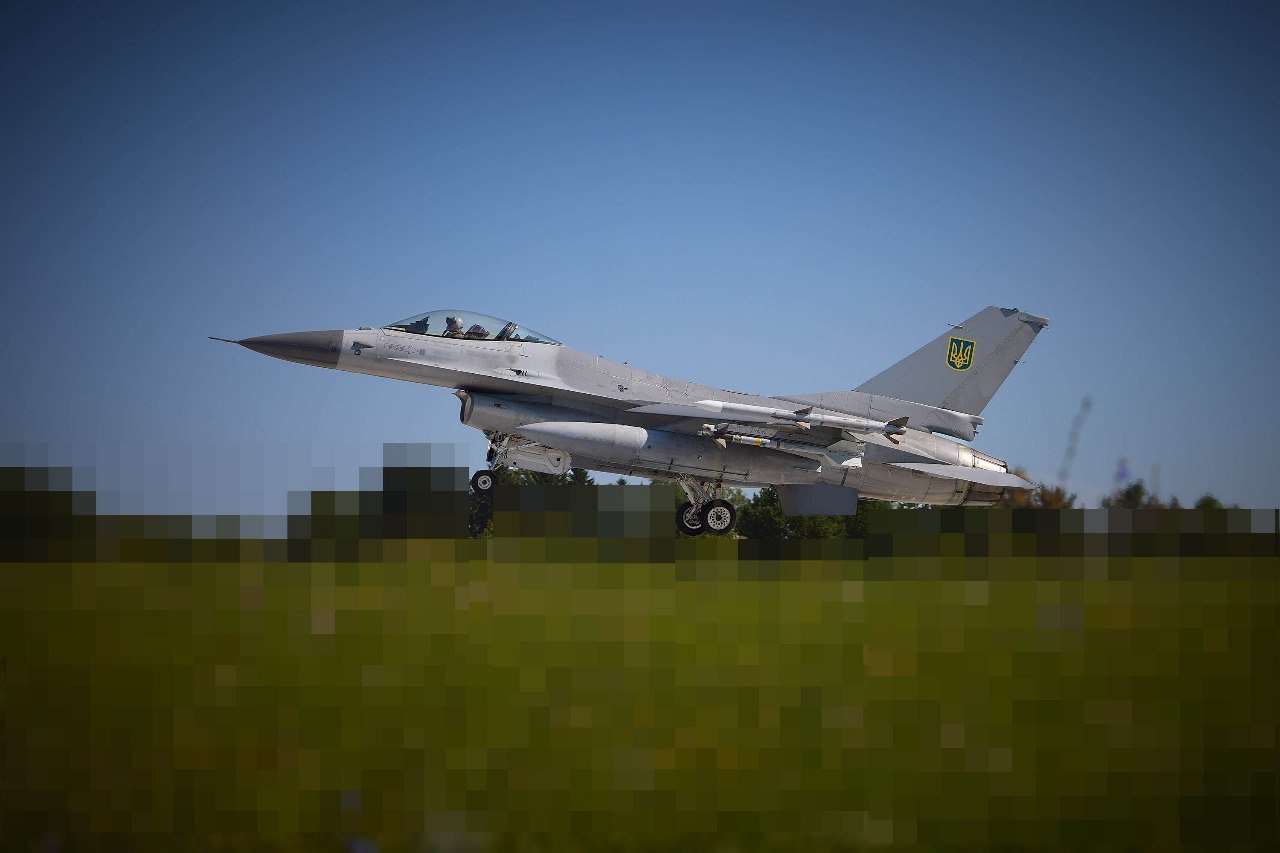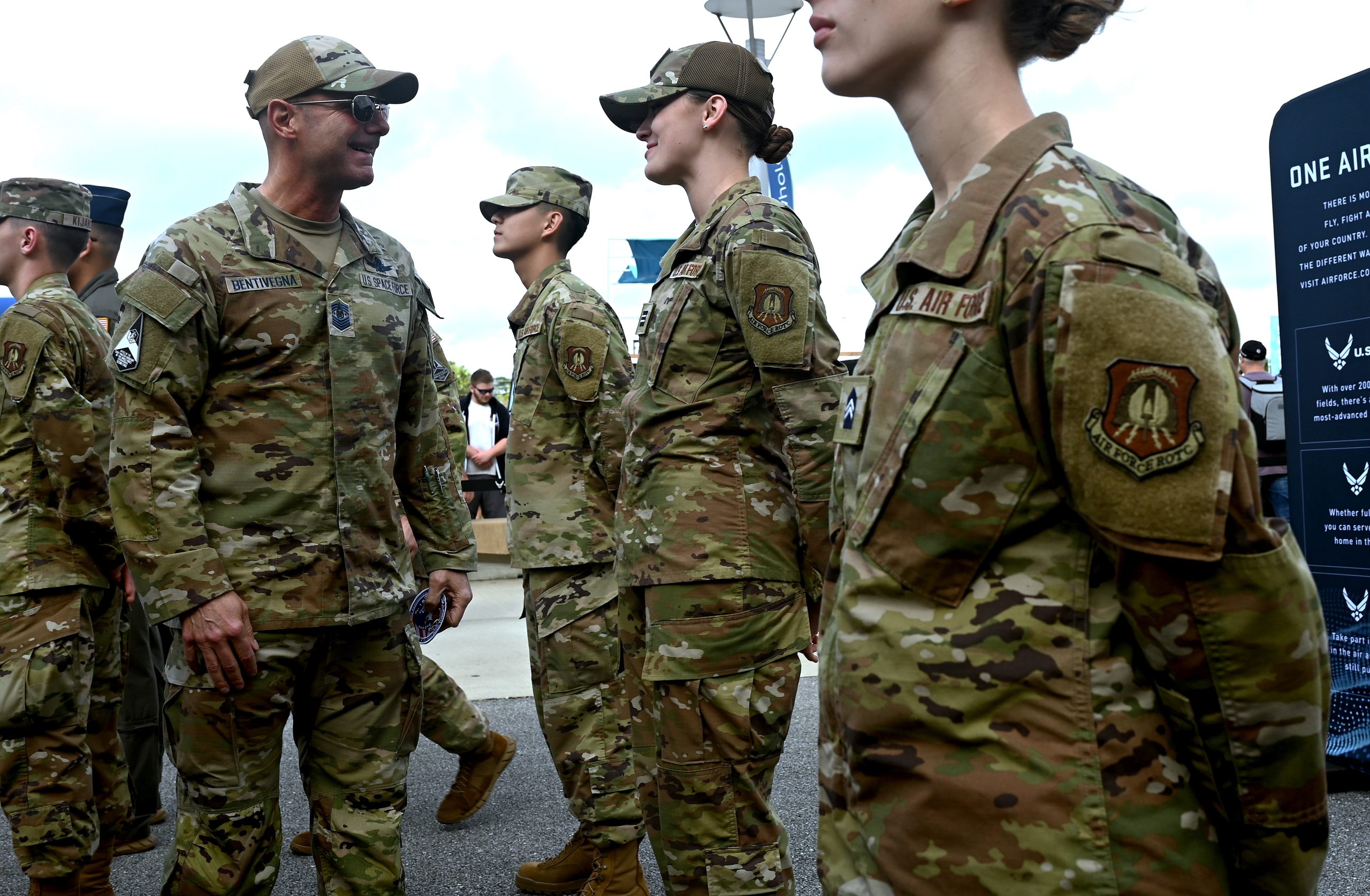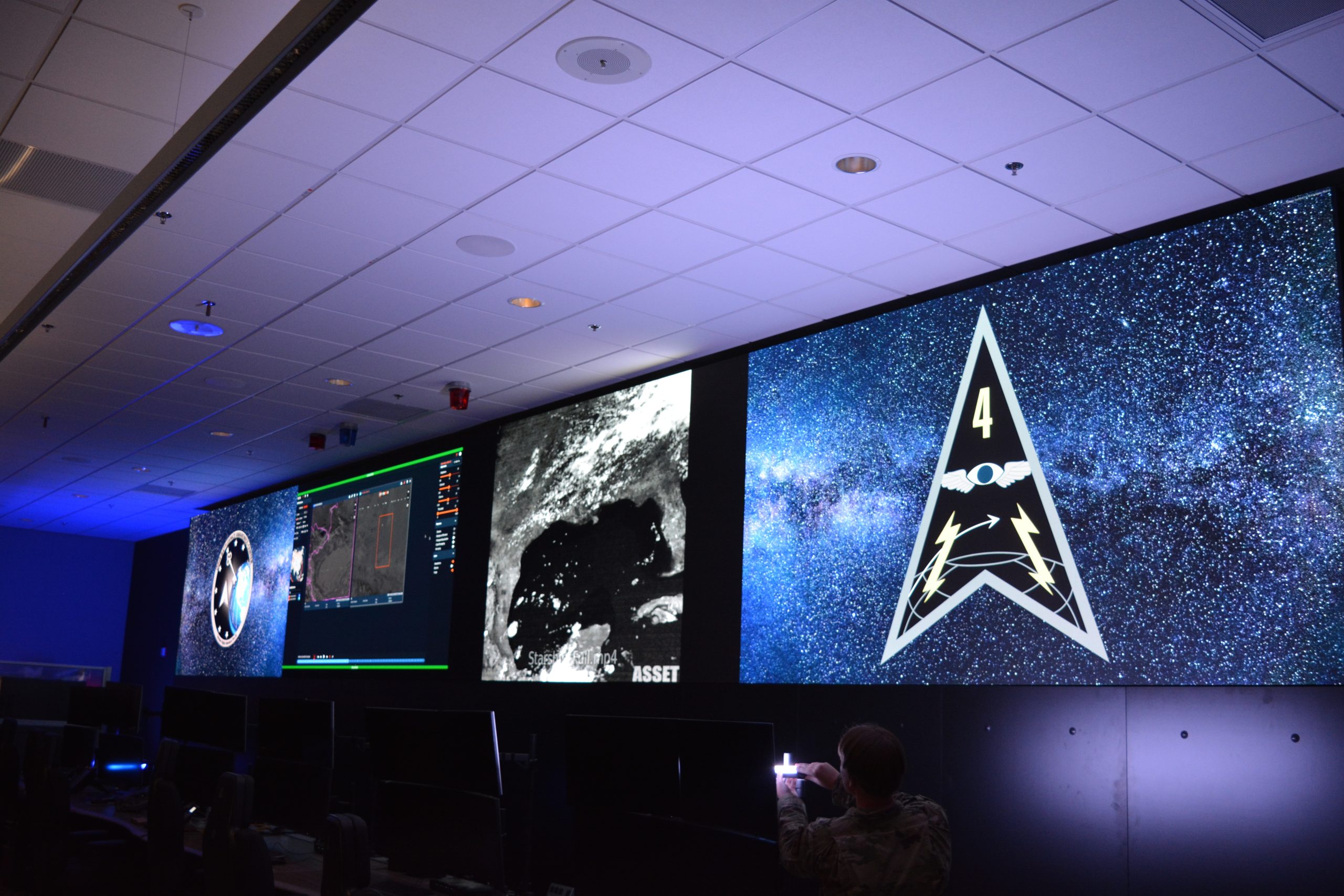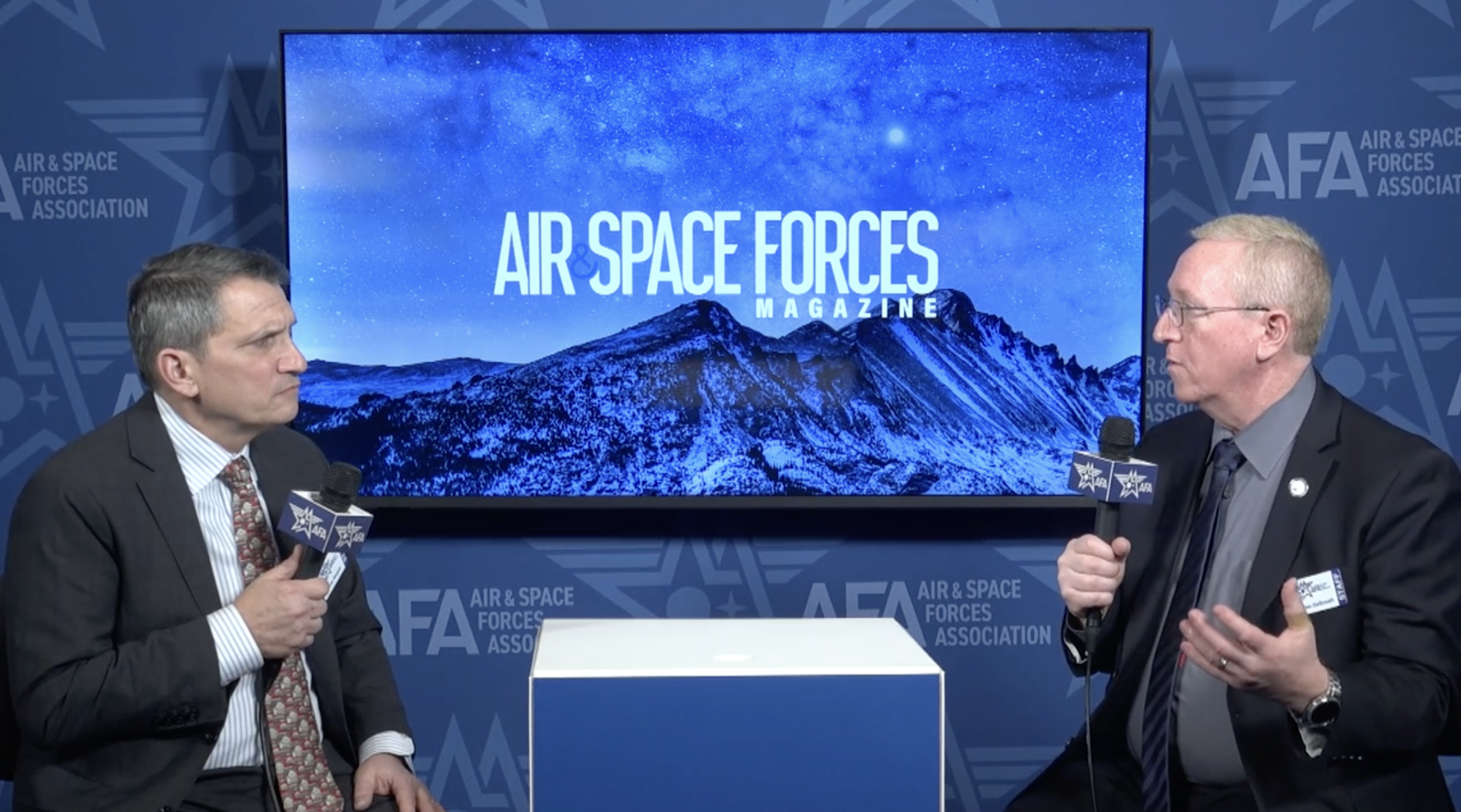AURORA, Colo.—Air Mobility Command is nearly done submitting its analysis of alternatives for the Next-Generation Air-Refueling System (NGAS), Gen. John D. Lamontagne said March 5 at the AFA Warfare Symposium.
“Most of that has been submitted,” to the Office of the Secretary of Defense, the AMC boss said. “We’re following up with a couple finishing touches here over the next month or two.”
An analysis of alternatives is a comparison of solutions for military needs, with the goal of selecting the best option to guide the next step of the acquisition process. Then-Air Force acquisition executive Andrew Hunter previously said the AOA would be finished by fall 2024.
The NGAS analysis focused on three factors, Lamontagne said.
“It effectively looks at the trade-offs between how big does the runway need to be; how much fuel can you deliver at range; and the signature management—how far we can go forward into the threat environment—and the trade-offs across those three,” he explained.
The need for a new refueling platform is urgent, as the KC-135, which makes up the bulk of the Air Force’s tanker fleet, flies deeper into its sixth decade of service. Responding to a conflict with the KC-135 today would be like responding to the terrorist attacks of Sept. 11, 2001, in a P-51, B-17, or other World War II-era aircraft, Lamontagne said.
“Those airplanes would have been 60 years old around when 9/11 happened,” he said. “The 135 has served us well, but it is time to recapitalize that fleet going forward.”
The same day, Lamontagne’s boss, Gen. Randall Reed, the head of U.S. Transportation Command, made a similar point to the Senate Armed Services Committee. The Air Force plans to buy 179 KC-46 tankers to replace about half of the KC-135 fleet, but the average age of the remaining KC-135s will be 67 by the time the Air Force accepts the last KC-46 contract, Reed said.
“Over the next decade, the aging KC-135 aircraft fleet will be an ever-increasing readiness concern,” Reed wrote in a statement. “It is critical that the Air Force continues a full recapitalization program while investing in a future Next Generation Air-Refueling System to maintain credible capacity and provide the persistent connectivity, improved survivability, and increased agility necessary to operate in contested environments.”
Over the past few years, industry has offered a range of ideas for what NGAS might look like. In August 2023, the Department of the Air Force tapped startup JetZero to build a prototype Blended-Wing Body (BWB) aircraft for testing and demonstrating new technologies. The Air Force is now collecting data from flight tests of a subscale BWB demonstrator, and while the BWB effort is not officially connected to NGAS, it will likely inform NGAS analysis and next-gen airlift discussions, an Air Force spokesperson said in January.
Lockheed Martin’s Skunk Works offered a crewed flying wing concept and, more recently, a stealthy, autonomous design. The latter would likely be smaller than today’s tankers in order to accompany stealth aircraft into combat zones.
Hunter previously estimated that an NGAS would be available around 2033 to 2035. In the meantime, Air Force officials have called for a “bridge tanker” to take over for some of the remaining KC-135s.
Lamontagne called for modernizing the mobility fleet writ large with sensors, beyond line-of-sight communications, tactical datalinks, and defensive systems.
“Great powers have systems that can range us from hundreds of miles away, both in the air and on the ground, and we need to be able to sense and make sense of those threats,” he said.
AMC is also working through a capabilities-based assessment of requirements for a next-generation airlift platform, Lamontagne said, though the need for that is not so urgent.
“We want to figure out what those next requirements look like before we fly the wings off the C-17,” he said. “The good news is, I think we have a lot of time. There’s a healthy amount of life left in the C-17, but we want to stay in front of that.”









